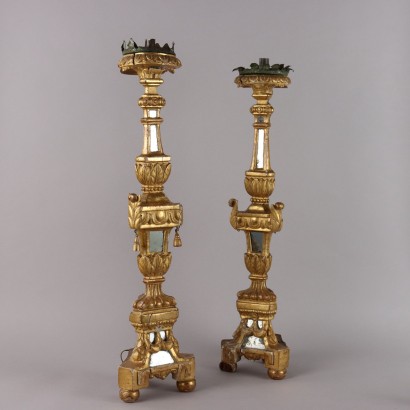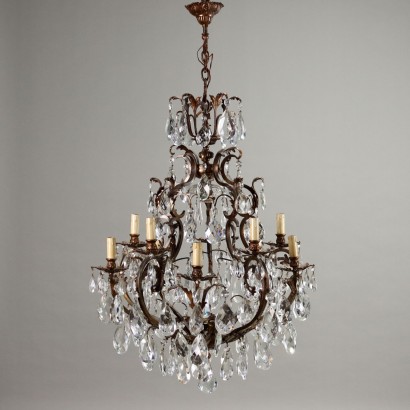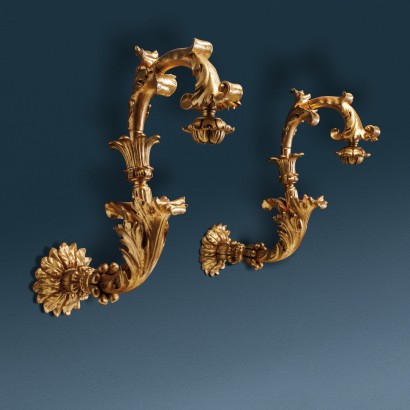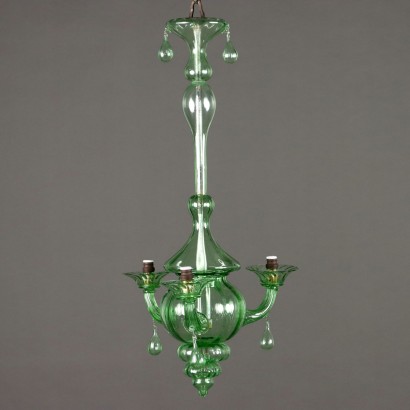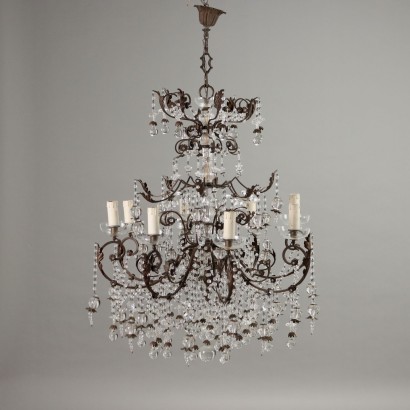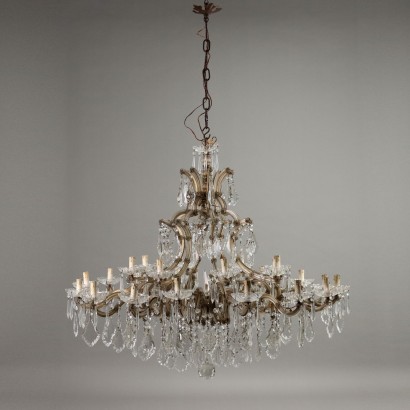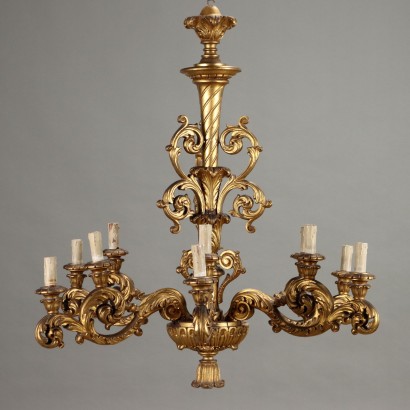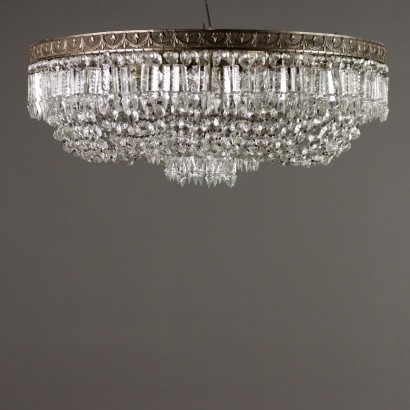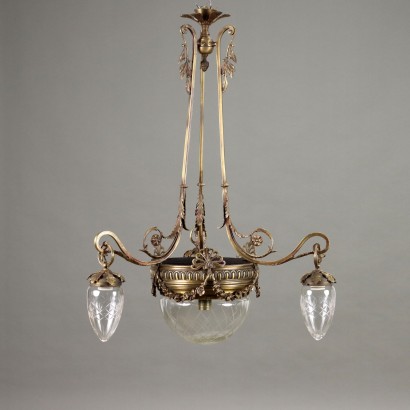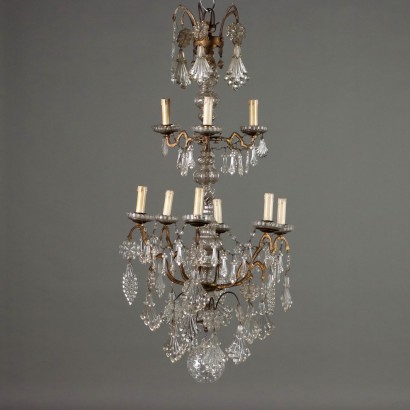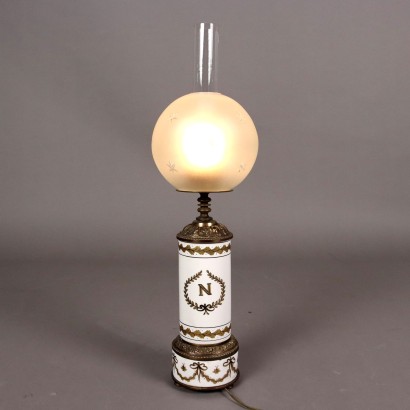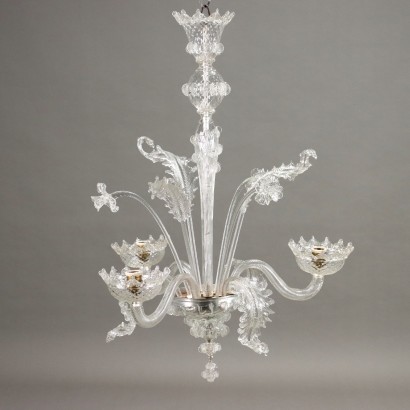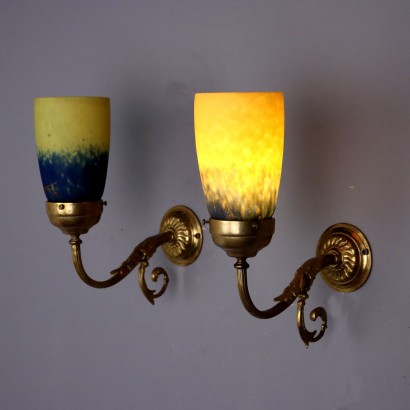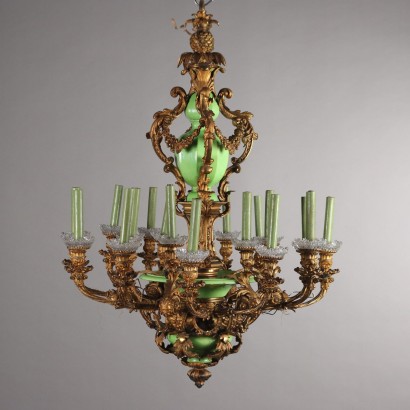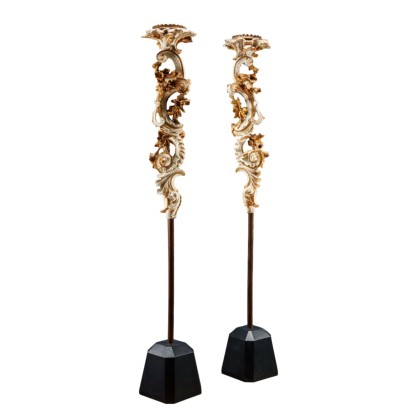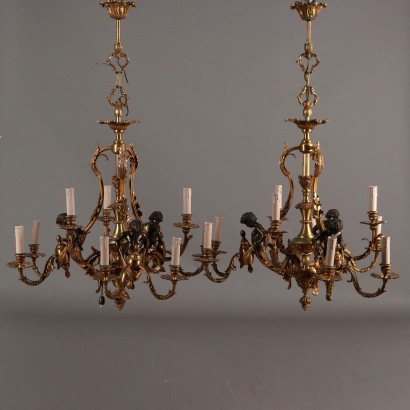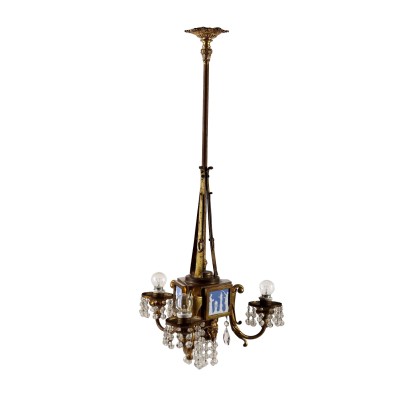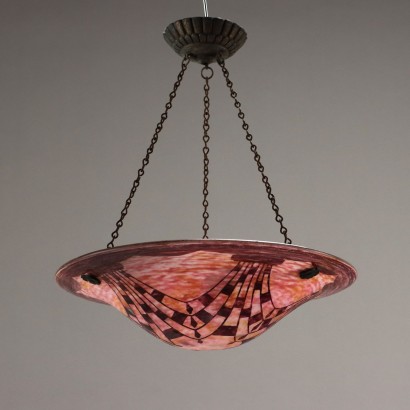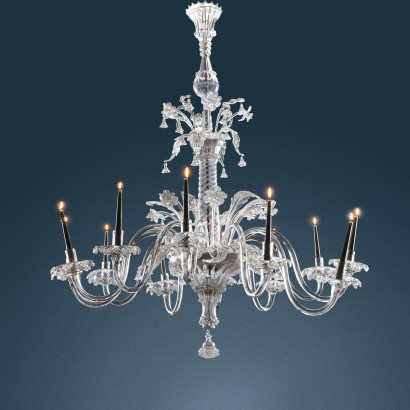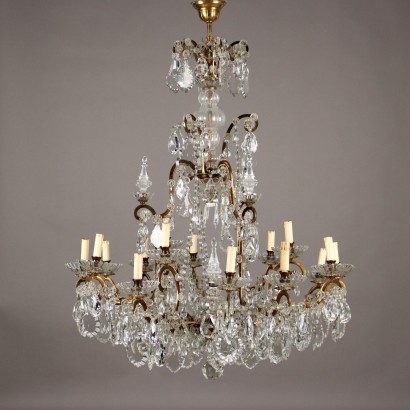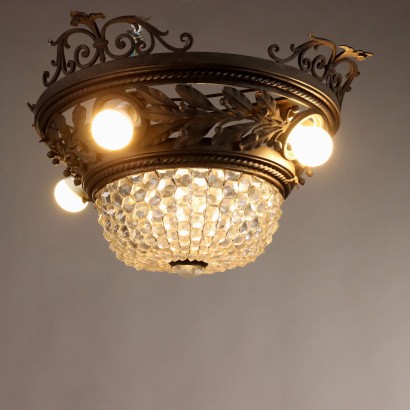In evidence
Specific typology
Price
Age
Dimensions
ApplyProduction country
Main essence
Style
- Neo-Gothique (1820-1900) [1]
- Neo-Renaissance (1820-1890) [2]
- Baroque (1630-1730) [1]
- Barocchetto (1720-1770) [1]
- Biedermeier (1815-1848) [1]
- Riproduzione in Stile [1]
- Neo-Classical Revival [4]
- Rococo Revival [3]
- Barocchetto Revival [2]
- Neo-Renaissance Revival [6]
- Baroque Revival [1]
- Bourbon Restoration Revival [1]
- Napoleon III Revival [1]
- Art Nouveau (1890-1920) [4]
- In the style of Maria Theresa [3]
- Eclecticism (1870-1890) [3]
- Empire Revival [5]
- Empire (1804-1815) [1]
- Napoleon III (1848-1870) [1]
ANTIQUE CHANDELIERS
In this section you can find all the antique chandeliers and antique lamps available in our catalogue. A refined selection of appliques, candlesticks, candelabras, wall, ceiling and table lamps that will allow you to illuminate your home in a unique way.
Read everything
History of the chandelier
The very first antique chandeliers put into circulation consisted of several arms with superimposed candles in a circular direction, connected to a central body.
The period chandeliers are distinguished from each other through the shape of the central motif and the direction of the arms, which are modified over the years and the location in which they are made.
In the Middle Ages, the ancient Murano chandeliers were made in the shape of a cross or a crown, while in the Gothic chandelier we try to give the lights a more linear, simpler shape.
The material used mostly for the creation of these old chandeliers was iron.
In the Renaissance iron chandeliers continued to be produced, but with the addition of decorations made of glass, porcelain and stone.
Antique sconces
The sconces are nothing more than lamps fixed to the wall , they are usually small lamps that can be simple in shape, therefore with a single body or single arm, up to more complex productions, with several arms.
There are ceramic sconces and even stone lamps .
The history of antique appliques follows the innovation of suspended chandeliers hand in hand.
The habit of hanging antique lamps on the wall arrives in the Baroque era, which feels the need to take up the motif of the central chandelier in the room.
Hence, sconces serve as an accompaniment to the main lighting .
Sort by

